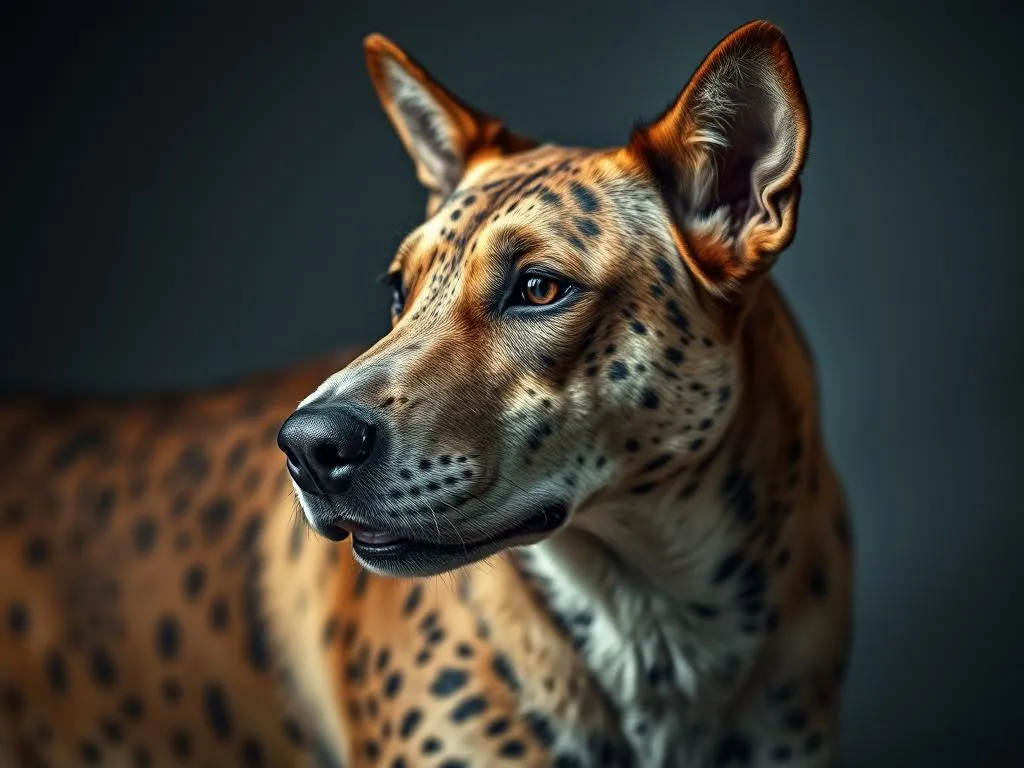
Understanding different dog breeds is essential for anyone considering adding a furry friend to their family. Each breed comes with its unique characteristics, temperaments, and care requirements that can significantly impact the overall experience of dog ownership. Among the myriad of breeds, the Harrier Dog stands out as an exceptional choice for active families and individuals who enjoy outdoor activities.
Understanding Dog Breeds
What is a Dog Breed?
A dog breed is a specific group of domesticated dogs that share common traits, such as appearance, behavior, and purpose. Breeds are often developed for particular tasks, such as hunting, herding, or companionship. Understanding breed characteristics is crucial, as it helps prospective owners select a dog that fits their lifestyles and expectations.
The Role of Breeds in Dog Behavior
The breed of a dog significantly influences its temperament and behavior. For instance, herding breeds like Border Collies are known for their intelligence and high energy, while toy breeds, such as Chihuahuas, may exhibit more protective or territorial behaviors. Each breed has distinct traits that can help owners anticipate behavioral patterns and training needs.
Overview of the Harrier Dog
History of the Harrier Dog
The Harrier Dog has a rich history that dates back to medieval England, where it was bred primarily as a hunting dog for game such as hares. This breed is believed to be a descendant of the English Foxhound and shares similarities with Beagles. Harriers were originally used in packs to chase and corner prey, and they were prized for their keen sense of smell and stamina.
Physical Characteristics
In terms of size, the Harrier Dog typically stands between 18 to 22 inches tall at the shoulder and weighs between 40 to 60 pounds. They have a muscular build, which contributes to their agility and speed. Their coats are short and dense, requiring minimal grooming, and they can come in various color combinations, including tri-color (black, white, and tan) and lemon.
When compared to similar breeds like Beagles and Foxhounds, Harriers are slightly larger and have a more elongated body structure. Their expressive eyes and long ears give them a friendly and approachable appearance.
Temperament and Behavior
The Harrier Dog is known for its friendly and sociable nature. They tend to get along well with children and other pets, making them a great choice for families. However, their energetic and playful demeanor requires consistent socialization and training. Harriers are intelligent dogs that thrive on mental and physical stimulation, so they need plenty of activities to keep them engaged.
Being a hunting breed, Harriers possess a strong prey drive, which means they may be inclined to chase smaller animals. This instinct can be managed through proper training and socialization from an early age.
Care Requirements for Harrier Dogs
Nutrition and Diet
A well-balanced diet is crucial for the health of your Harrier Dog. High-quality dog food that meets their nutritional needs should be chosen based on their age, weight, and activity level. Adult Harriers typically require two meals a day, with portions adjusted to maintain a healthy weight.
It’s important to consult with a veterinarian for specific dietary recommendations and to ensure that your dog receives adequate protein, fats, and carbohydrates. Fresh water should always be available.
Exercise and Activity Level
The Harrier Dog is an active breed that requires regular exercise to stay healthy and happy. Daily walks, runs, or play sessions are essential, and they thrive in environments where they can explore and burn energy. A minimum of one hour of exercise per day is recommended, but more is often better, especially for younger dogs.
Engaging activities such as agility training, scent work, or even participating in dog sports can provide excellent outlets for their energy and intelligence.
Grooming Needs
Despite their short coat, Harrier Dogs do require some grooming to keep their fur healthy and clean. Regular brushing, at least once a week, helps to remove loose hair and dirt. Bathing should be done as needed, typically every few months, unless they get particularly dirty.
Additionally, ear cleaning is essential, especially since their floppy ears can trap moisture and dirt, leading to infections. Regular dental care is also important to maintain their overall health.
Health Considerations
Common Health Issues in Harrier Dogs
While the Harrier Dog is generally healthy, like all breeds, they can be susceptible to certain health issues. Common problems include hip dysplasia, ear infections, and obesity. Regular veterinary check-ups are crucial for early detection and management of these issues.
To keep your Harrier in top condition, ensure they receive routine vaccinations, parasite control, and dental care. A healthy diet and regular exercise can also mitigate many health risks.
Lifespan and Aging
The average lifespan of a Harrier Dog is around 12 to 15 years. As they age, their health needs may change, and they may require special attention to joint health or dietary adjustments. Observing signs of aging, such as decreased energy or mobility issues, is important for ensuring they remain comfortable and active in their senior years.
Training a Harrier Dog
Basic Training Techniques
Early socialization and training are key to raising a well-adjusted Harrier Dog. Starting training as a puppy helps them learn basic commands and proper behavior. Positive reinforcement methods, such as treats and praise, are effective with this breed, as they respond well to encouragement.
Consistency is vital in training, as Harriers can be stubborn at times. Enrolling in obedience classes can also provide valuable socialization opportunities and reinforce training techniques.
Behavioral Challenges
Like many breeds, Harrier Dogs can exhibit behavioral challenges, particularly if their exercise and mental stimulation needs are not met. Common issues include excessive barking, digging, and chasing. Addressing these behaviors early on through positive reinforcement and consistent training is essential.
Implementing structured routines and offering plenty of physical and mental activities can help mitigate these challenges, ensuring a happy and well-behaved companion.
Finding a Harrier Dog
Adoption vs. Buying
When considering adding a Harrier Dog to your family, you have the option of adopting from a shelter or purchasing from a reputable breeder. Adoption can be a noble choice, providing a home for a dog in need, while buying from a breeder allows you to learn more about the puppy’s lineage and health history.
If you choose to adopt, look for breed-specific rescues or shelters that specialize in hounds. If purchasing from a breeder, ensure they adhere to ethical breeding practices, prioritize the health of their dogs, and provide proper documentation.
Preparing for a Harrier Dog
Before bringing a Harrier Dog home, it’s essential to prepare your living space. Gather necessary supplies, such as food and water bowls, a comfortable bed, toys, and grooming tools. Creating a safe and welcoming environment will help ease the transition for your new pet.
Initial adjustments may require patience, as your Harrier may need time to acclimate. Gradual introductions to family members and other pets will help create a harmonious household.
Conclusion
The Harrier Dog is a remarkable breed that offers companionship and adventure for active families and individuals. With their friendly disposition, intelligence, and energetic nature, Harriers can make excellent pets for those willing to invest the time and care they require. Understanding their history, characteristics, and specific needs prepares prospective owners to provide the best environment for their new furry family member.
Owning a Harrier Dog can be a rewarding experience filled with joy, loyalty, and the thrill of outdoor activities. Whether you choose to adopt or buy, welcoming a Harrier into your home promises to bring companionship and fun into your life.









